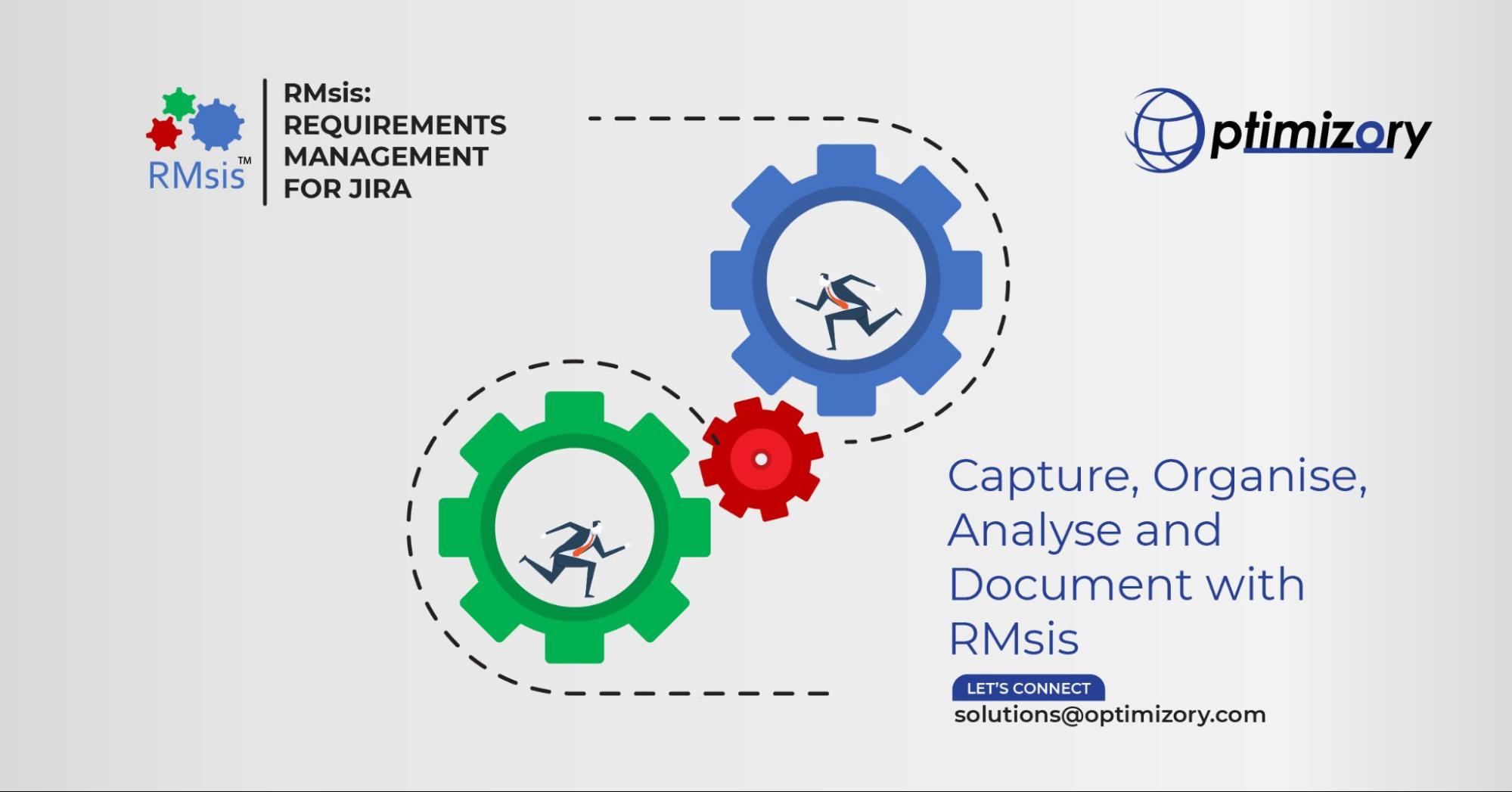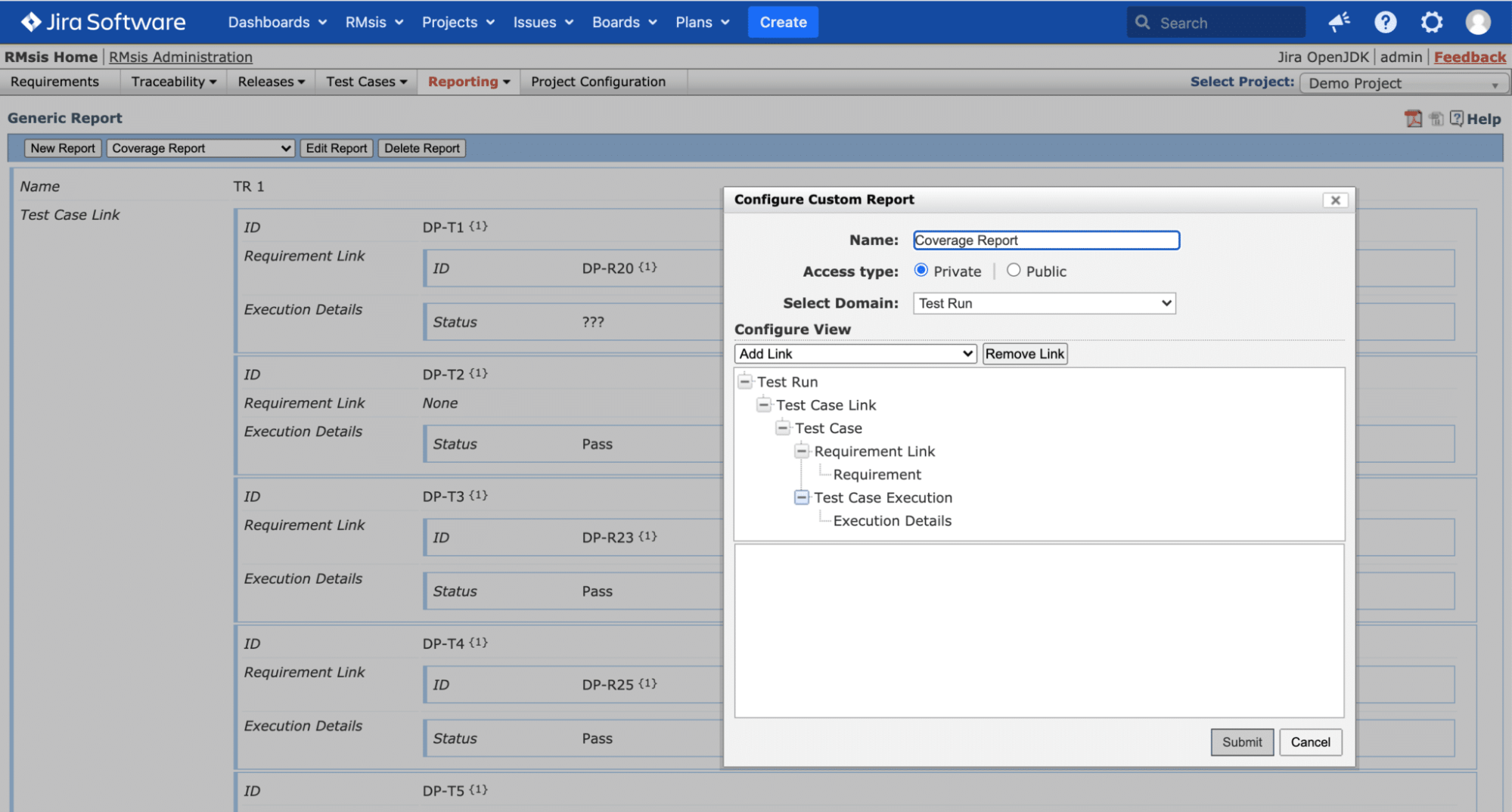

Requirements form the bedrock upon which every project is built. They define the project's scope, objectives, and the quality standards that the software must uphold. However, having clear and well-defined requirements is just the beginning of the journey. Equally crucial is ensuring that these requirements receive adequate test coverage. This is where concepts like the Requirement Traceability Matrix, test coverage, and requirements traceability come into play.

When working with a large number of requirements, it is likely that engineers might miss checking a few requirements. This can lead to scope creep, budget and time overrun.
Requirements Coverage is a process that allows controlling how many requirements have test cases associated with them, what type of test has been designed and how many requirements are still left before we execute our test cases.
In this article, we will discuss the importance of Requirements Coverage and test coverage how it benefits software development and testing.

Creating test plans based on requirements not only helps you in designing test cases but also ensures that all requirements are covered at the stage for formulating. By doing that, you’ll be able to eliminate mistakes that could soon turn out to be very costly. You will also be able to tell whether the requirements are complete, testable, and track the progress of the development.
Verifying the coverage of each requirement can be a time-consuming task especially when you’re working with a product that contains hundreds or thousands of requirements, tasks and sub-tasks. With the help of the requirement traceability matrix, you can quickly view the particular requirement and their linked requirements, as well as access information related to the status of a given requirement and test case.
Using requirement traceability matrix can boost your software delivery time and enables you to advance to the next planning and software testing cycle.
Jira Software is a popular tool for storing requirements and tasks. You can use Jira Software along with some Requirements management tools available in Atlassian Marketplace to enhance the requirements traceability and test coverage management. One such tool is RMsis.
RMsis is a comprehensive requirement management tool with advanced Requirements & Test Case management as well as reporting features. Using these features, you can check the requirements linked to Test cases and updated Test runs in the context of software testing.

The Test Run Summary table in RMsis enables you to check how many requirements are associated with each test case. It displays a summarized report of Test Cases status along with the percentage of Requirements passed in each test run. You can also customize these reports in RMsis as per your requirement using the advanced filters for software testing.

The Generic Report feature in RMsis generates a detailed requirements coverage report displaying the list of linked test case details as well as the status of the linked test case in a test run. You can also customize these reports in RMsis as per your requirement using the advanced filters.

In RMsis requirements and test cases are equipped with the most important attributes such as summary or status to enable faster verification. The ability to filter out requirements that have and have not been covered gives direct information on the development cycle.
Therefore, it’s worth investing in the Requirements Test Coverage tools to ensure successful software development. If you are using Jira Software and are looking for a specialized Coverage tool, try our RMsis 30-days free trial today.
Or contact us at support@optimizory.com